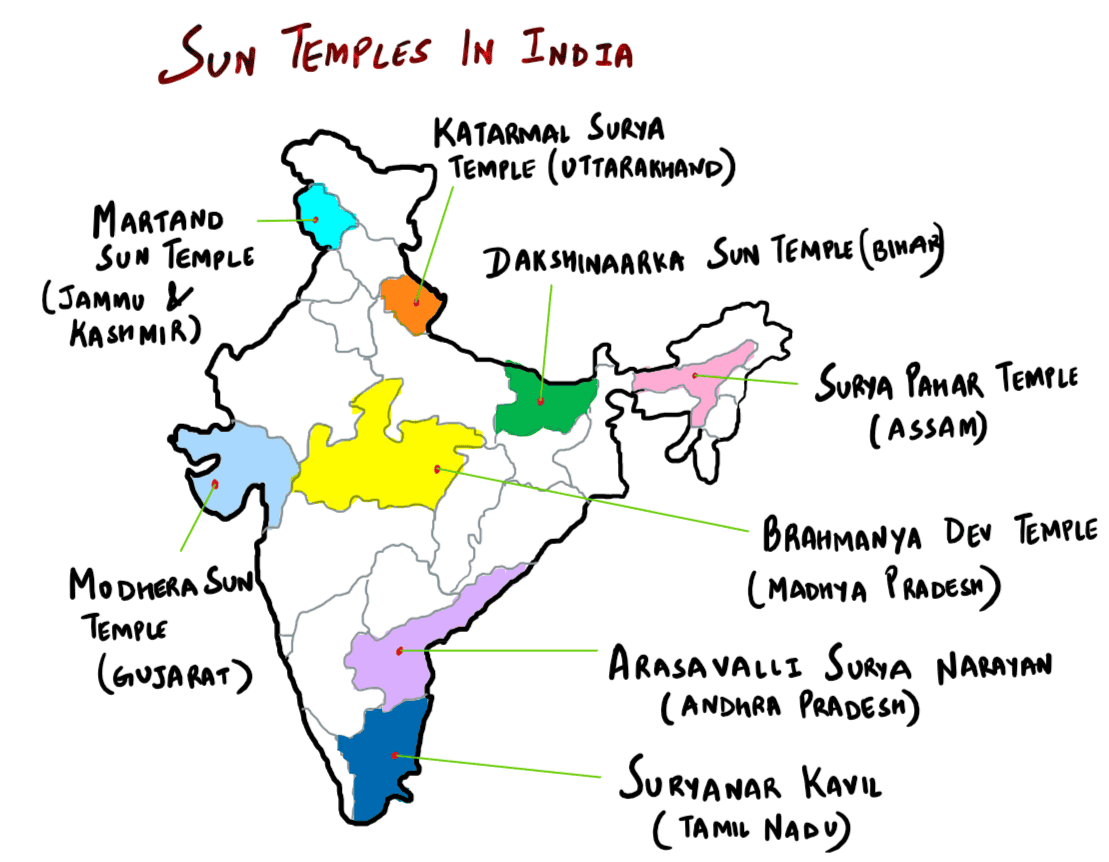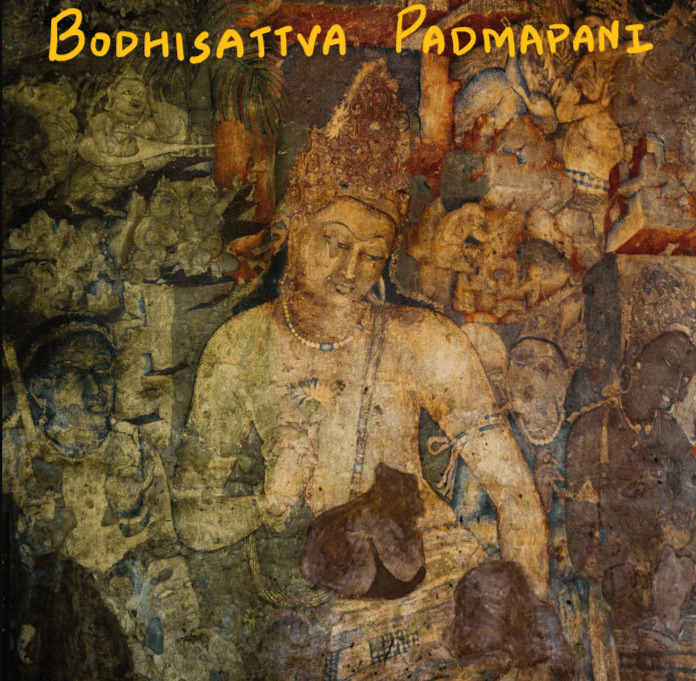UPSC Prelims 2017 Analysis
Subject wise MCQ distribution
- Polity and Governance: The highest weightage in the exam, with questions focusing on core constitutional concepts like democracy and rights, highlighting a return to traditional themes. Many followed the assertion-reasoning format, testing analytical abilities.
Economy: Heavily current affairs-based, covering topics such as GST, Monetary Policy Committee, and post-1991 reforms. Conceptual clarity was crucial for elimination-based questions.
Geography and Environment: Required conceptual clarity and linkages with current affairs, such as the Indian Ocean Dipole. Many questions incorporated maps for better understanding.
History: Weightage remained consistent, but factual knowledge was essential, especially for match the following and multi-statement questions.
Science & Technology: Mostly news-based, testing awareness of recent developments in biotechnology, AI, and space technology.
Government Schemes & Initiatives: A prominent focus area, covering policies related to education, health, and nutrition. Many questions were framed using the elimination technique.

Difficulty analysis
- Easy: Some Polity and Economy questions were straightforward for those who had covered NCERT and standard sources.
- Moderate: Many required linking static and dynamic aspects, such as governance and current affairs.
- Difficult: Environment, Geography, and factual History questions were particularly challenging.
- Tricky: Questions on conventions and alliances where India is not a member, along with misleadingly framed government initiative questions, posed difficulties.

Variations in Question framing
- Direct Questions: 42 direct questions, emphasizing understanding over rote memorization.
- Multi-Statement Based Questions: A significant 58 multi-statement questions, requiring a mix of static and current affairs knowledge. These took longer to solve but allowed option elimination.
- Application-Oriented Questions: Required candidates to link current events with static concepts, testing analytical abilities.
- Elimination-Based Questions: Many options were closely framed, making elimination techniques challenging.
- Deceptively Worded Questions: Designed to test deep knowledge, especially in areas like the National Investment and Infrastructure Fund.

Key learning for Future Preparation
- Strengthen Static Concepts: Read NCERTs and standard books thoroughly for a solid foundation.
- Follow a Reliable Newspaper: Sources like The Hindu, Indian Express, PIB, and PRS are essential for current affairs integration.
- Regularly Revise Government Schemes: Many questions are framed around policies from the India Year Book.
- Adopt a Balanced Approach: Expect a mix of analytical and factual questions; both require preparation.
- Use the Elimination Technique Wisely: Read questions carefully and systematically eliminate options to maximize accuracy.
- Avoid Over-Attempting: The tricky nature of the paper means reckless attempts can lead to penalties through negative marking.
- Strengthen Core Subjects: Excelling in Polity or History can help maximize scores in difficult papers.
- Solve Previous Year Papers: Recurring themes like the Trade Disputes Act and Liberalization highlight the importance of PYQs.
Subject-Wise Answer Key
QUESTION 1
Medium
Art & Culture
Prelims 2017
With reference to Manipuri Sankirtana, consider the following statements:
- It is a song and dance performance.
- Cymbals are the only musical instruments used in the performance.
- It is performed to narrate the life and deeds of Lord Krishna.
Which of the statements given above is/are correct?
A. 1, 2 and 3.
B. 1 and 3 only
C. 2 and 3 only
D. 1 only
QUESTION 2
Hard
Art & Culture
Prelims 2017
With reference to the religious history of India, consider the following statements:
- Sautrantika and Sammitiya were the sects of Jainism.
- Sarvastivadin held that the constituents of phenomena were not wholly momentary, but existed forever in a latent form.
Which of the statements given above is/are correct?
A. 1 only
B. 2 only
C. Both 1 and 2
D. Neither 1 nor 2
QUESTION 3
Hard
Art & Culture
Prelims 2017
Which of the following is/are famous for Sun temples?
- Arasavalli
- Amarakantak
- Omkareshwar
Select the correct answer using the code given below :
A. 1 only
B. 2 and 3 only
C. 1 and 3 only
D. 1, 2 and 3
QUESTION 4
Hard
Art & Culture
Prelims 2017
Consider the following pairs:
| Tradition | Communities |
|---|---|
| 1. Chaliha Sahib Festival | Sindhis |
| 2. Nanda Raj Jaat Yatra | Gonds |
| 3. Wari-Warkari | Santhals |
Which of the pairs given above is/are correctly matched?
A. 1 only
B. 2 and 3 only
C. 1 and 3 only
D. None of the above
QUESTION 5
Easy
Art & Culture
Prelims 2017
The painting of Bodhisattva Padmapani is one of the most famous and oft-illustrated paintings at -
A. Ajanta
B. Badami
C. Bagh
D. Ellora

